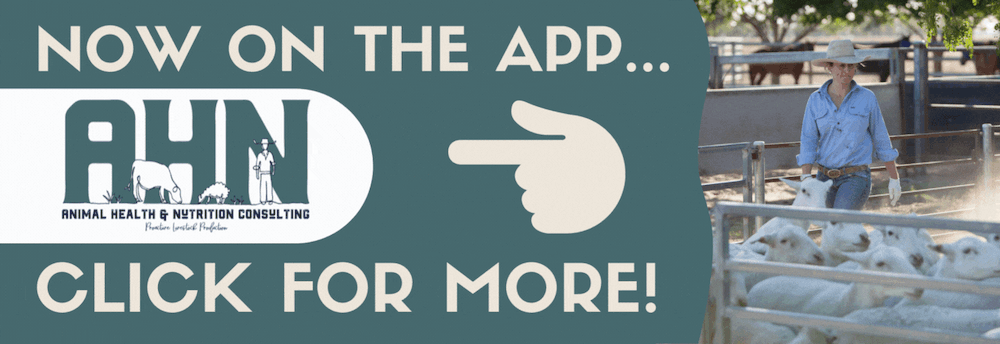School attendance rates significantly down across region
Luke Williams
13 March 2023, 8:20 PM
 Image: Pixabay.
Image: Pixabay. School attendance around the region is in free-fall the Western Plains App can reveal.
Data analysis by the Western Plains App shows that all schools access region had significantly lower than average school attendances in Term 3 last year and fewer were attending school 90% of the time when compared with the four year.
Education Department figures measure school attendance across term 3 in 2022, 2019 and 2018, with semester one used to measure attendance in 2021. Due to COVID 2020 is not counted.
The figures show significant drops in several schools including Brewarrina Central School which fell from 44% in attending in 90% of the time in 2018 to just 8% in term 3 last year. Coonamble High School slipped from 40% to 15%. Gilgandra High School went from 48 to 18%. While Narromine High School went from 51 to 30%.
Even compared with last year regular attendance rates fell - Lighting Ridge Central School fell from 37% in 2021 to 19% in 2022 and Cobar Public School from 50 to 30%.
While school attendance has slipped Australia-wide, 70% of students nationally attended school 90% or more of the time in 2021.
In regional and remote areas nation-wide, 61 per cent going to school most of the time, and falling to 41 per cent among Indigenous school students. Only two of our region’s schools (St Augustines in Narromine and St Josephs Catholic Primary School in Gilgandra) had more than half of their students attend school 90% of the time last year.
General attendance figures were also down with lower than the four year average attendances across all schools, Walgett Community College Primary School fell from 78% attendance in 2018 to 63% last year. Walgett Community College High School was at 36% attendance last year compared to 60% in 2018.
Walgett Community College High School is also is the unfortunate position of having the worst attendance rates in the region with just 3% of its students attending 90% of the time.

Image: Pixabay.
While indigenous students tended to attend school less in all the region’s schools, Collarenebri Central School went against this trend with 71% of indigenous students attending 90% of the time compared to non-indigenous at 55%.
Even some of the region’s best performing schools for attendances went backwards in 2022. St Josephs in Narromine had 86% attend school last year and 92% in 2018. St Josephs in Walgett also had a halving in the number of students attending 90% of the time. St Brigids Catholic School in Gilgandra saw a slight drop across the four years.
St Josephs in Gilgandra had the highest attendance rates in the region at 88% with more than 50% attending 90% of the time, with St Augustine’s Parish School in Narromine following close behind. All schools in Narromine and Nyngan also had a higher than average attendances when compared with the rest of the region with attendance rates in the low eighties.
A spokesperson for the NSW Department of Education told the Western Plains App “COVID-19 and natural disasters have created an attendance challenge for schools across the country. In North-Western NSW there are unique challenges that can impact student attendance. We have a strong focus on student wellbeing to boost attendance".
“When school-based strategies are unsuccessful in resolving attendance concerns, a principal can request support from a dedicated team of attendance experts. Staff in the program work alongside school staff, the student and their family to improve attendance" they said.
Gilgandra Public School was the best performing public school averaging around 85% attendance across the four years.
School absenteeism is rising across the nation, with experts pointing to an increase in mental health issues in the context of hangover from COVID restrictions. Poor academic performance, learning difficulties and low IQ are also cited at problems associated with chronic absenteeism along with substance abuse, parental monitoring and negative attitudes toward school.
However, many speakers at hearing at the Senate inquiry into the “national trend of school refusal”, school refusal say the exact reasons for why school refusal rates are on the up are unclear.
Julie Birmingham, the acting deputy secretary of schools in the federal education department, told the inquiry that it is “We certainly know that attendance has been declining for quite a number of years and particularly through the Covid period,”
Birmingham said. “There’s also data like attainment rates and retention rates… All of those things point in a direction but by themselves don’t give you the reasons why people aren’t turning up to school




